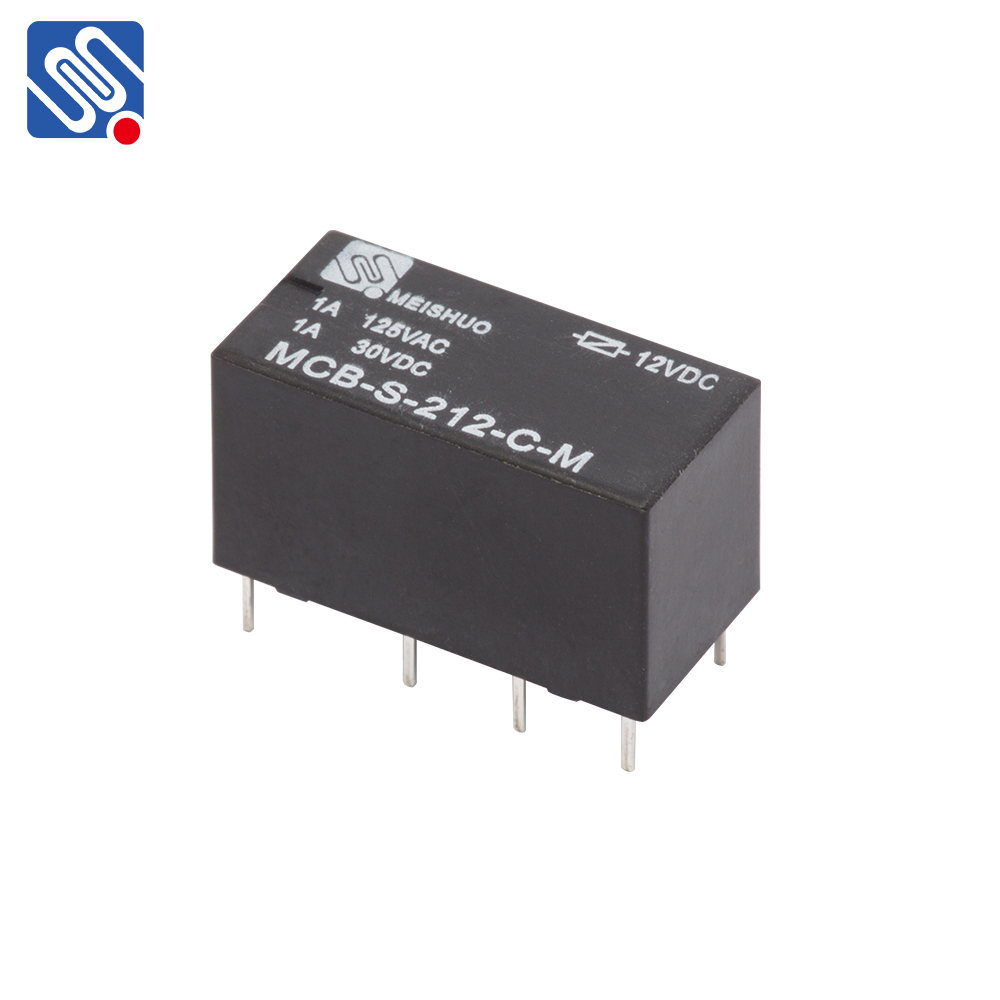Relay signals are fundamental components in electrical and automation systems, playing a vital role in controlling circuits and ensuring safety in various applications. These signals are used to control the switching of electrical circuits via a relay, a device that allows a small electrical current to control a larger one. The concept of relay signals can be found in various fields, from home appliances to industrial machinery, and they are essential for automating and protecting electrical systems.

What are Relay Signals? At its core, a relay is an electromechanical switch that opens and closes circuits based on electrical signals. A relay typically consists of an electromagnet (the coil), a movable armature, and one or more sets of contacts. When a small control signal (usually a voltage or current) is applied to the coil, it generates a magnetic field, which causes the armature to move and either close or open the contacts. This action allows the relay to control a much larger current in the switched circuit. Relay signals, therefore, are the electrical impulses that activate or deactivate the relay, triggering changes in the circuit’s state. These signals can come in different forms, primarily voltage or current signals. The relay responds by either completing the circuit (closing the contacts) or interrupting it (opening the contacts). This simple principle of operation makes relays indispensable in many applications, ranging from motor control to alarm systems.